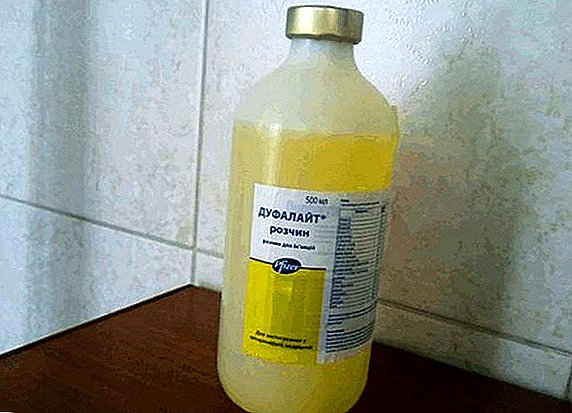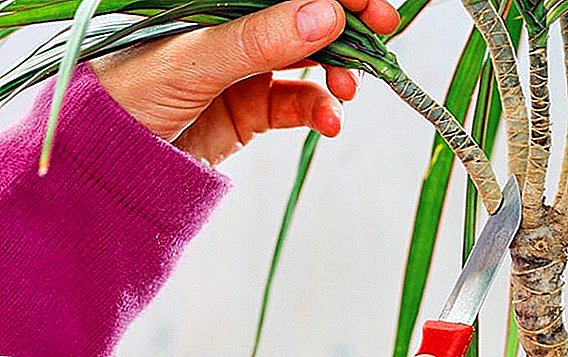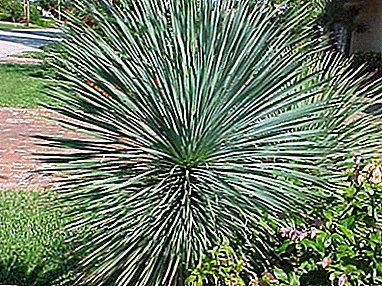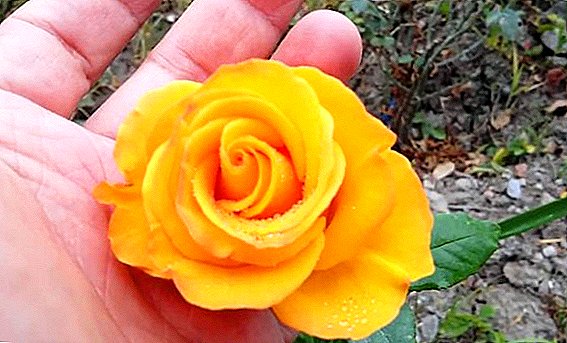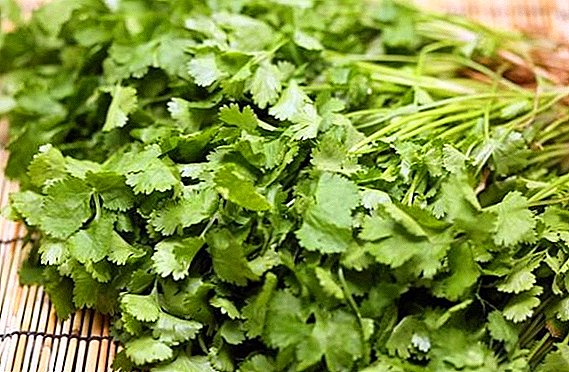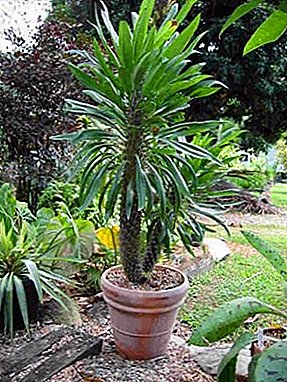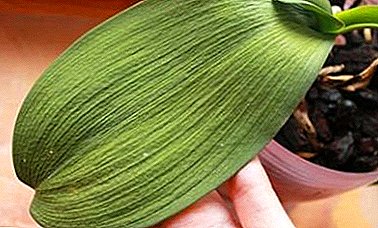
Phalaenopsis orchid is often grown at home. But this plant is capricious and requires special care. If this circumstance is ignored, then the phalaenopsis will begin to dry, to hurt, and may eventually die. On the other hand, if you take care of the flower, it will delight with excellent flowering for many, many years.
Definition and appearance
In fact Phalaenopsis - the most unpretentious view of all existing orchids. If you properly care for him, then he will bloom 2-3 times a year, while the time of year does not matter. Phalaenopsis escape is short, with few fleshy leaves growing on it.
Depending on the type of plant, the leaves can reach a length of 10 cm to 1 m. The color of the leaves is most often either light green or dark green. Orchid blooms more often from one bud, which is formed on the plant.
Why can different parts of a plant dry up?
Leaves, buds and peduncle
This happens most often due to overheating of the root system. Another common cause is improper phalaenopsis care. Care must be taken to ensure that after each watering the substrate does not dry out.. Otherwise, the orchid root system phalaenopsis will start to rot, and the leaves will dry and wither.
The roots
There are two main causes of this problem:
- The use of hard water for irrigation.
- In case of burns of the roots with salts of chemical fertilizers.
How to water?
Hard water contains various impurities that can burn the roots of phalaenopsis. To prevent this, fresh peat should be added to the water. 100 grams of peat is taken for 10 liters of water. Or you can use wood ash. In this case, 3 grams of ash is taken for 10 liters of water. Also apply filters for cleansing.
What can all end?
 Drying phalaenopsis indicates a plant disease or its natural processes. It is very important to notice the changes at the beginning of the drying. Then it will be possible to prevent dangerous consequences, which consist in the following manifestations:
Drying phalaenopsis indicates a plant disease or its natural processes. It is very important to notice the changes at the beginning of the drying. Then it will be possible to prevent dangerous consequences, which consist in the following manifestations:
- Complete drying of the root system.
- The penetration of infections in the flower and the deterioration of its general condition.
- Development disorders.
- Lack of flowering.
Is it enough just to start plenty of water?
Abundant watering when drying orchids will not be enough. The plant also has upper roots, which suffer more in the absence of moisture. Therefore, along with traditional irrigation, it is necessary to regulate the humidity of the air in the room with phalaenopsis.
Step-by-step instructions on what to do: how to revive a plant if it dries up?
Buds
Measures to eliminate drying buds:
- It is necessary to create a favorable microclimate, spray the buds from a spray bottle, put a bowl of water next to it.
- Adjust the light day for the orchid, which is a minimum of 12 hours.
- It is necessary to ensure that there is no overheating. The air temperature in the room where the flower is located should not be below +15 degrees and above +30 degrees Celsius.
- It is necessary to eliminate drafts.
Peduncle
Peduncle can dry after the buds bloom, and this is normal. For the rest peduncle care is the same as with buds.
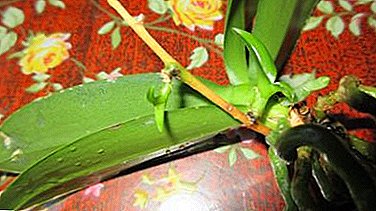 If the peduncle began to dry out, then it must be cut so that the stump rises 7-10 cm above the ground.
If the peduncle began to dry out, then it must be cut so that the stump rises 7-10 cm above the ground.- After that, the flower is removed from the pot, the root is inspected, washed under running water, if there are damaged roots, they are cut off.
- In the place where the cut was made, sprinkled with cinnamon powder.
- After that, the orchid is transplanted into a new substrate, which should consist of pine bark and sphagnum.
The roots
Even if the root system is on the verge of death, it is quite realistic to restore it.. This is done like this:
- First, the plant is removed from the pot.
- Rinse the roots need to be under warm water, then dried, putting the root on dry paper.
- After drying, the roots are inspected. Healthy have a soft green or slightly brown color. The rest must be removed.
- If you save even 1/8 of the healthy roots in phalaenopsis, you can take resuscitation measures.
- Slices are treated with cinnamon or activated carbon powder.
- The remaining whole roots placed in the nutrient mixture.
- After that, the orchid is planted in fresh soil, and the outer part of the flower is covered with moss.
reference! If there are no roots left at all, then the remains of an orchid are placed in water, after which you need to wait until the first roots appear. When they reach 3-4 cm, they can be transplanted into the soil.
Air parts
Air roots tend to dry out due to poor watering. If the lower root system receives moisture from the substrate, the upper branches do not have this capability. To restore the normal state of the air roots, it is required:
- First, remove the dry parts of the plant. Sections are then processed with crushed activated carbon.
- Then phalaenopsis is transplanted into a new land, watering is carried out for 2-3 days. The amount of water will depend on the level of humidity in the room: the drier it is, the more water is needed for irrigation.
Leaves
 When drying leaves you need:
When drying leaves you need:
- Inspect the plant and evaluate the problem.
- Stop fertilizer and stimulants.
- Take care of proper lighting, temperature and humidity levels in the room.
- If parasites are detected, they are eliminated with the help of chemical agents, and then phalaenopsis is transplanted into another substrate.
- If the cause is in the root system, the roots are reanimated according to the scheme described above.
How to prevent the problem later?
In order for the orchid to continue to dry, you need to create comfortable conditions for it..
- Light that enters the plant must be diffused.
- Air temperature within + 17 ... +24 degrees.
- Humidity level - 70-80%.
- Properly chosen substrate and irrigation mode.
- Phalaenopsis should be watered when the roots of the green color become white. Therefore, it is recommended to plant a flower in a transparent container with holes. So the orchid root will be visible, and the water will not stagnate.
- It is also very important regular transplantation with a complete replacement of the soil.
- For irrigation and spraying using clean and soft water in the form of heat. From the crane such does not flow, therefore liquid is previously settled. Many experienced gardeners recommend boiling water first and then defending.
- After purchasing a flower, he doesn’t need fertilizing for 1.5-2 months, after which he should purchase special fertilizers and plant them a little more than is necessary according to the instructions.
Further care
If it is important for a grower to develop phalaenopsis in a healthy way, then Every day you need to follow the following rules for flower care.:
- Watering is necessary after the soil dries.
- Maintain proper temperature and humidity conditions.
- During the period of active growth of an orchid, fertilizing is important for it.
- After flowering pruning is done.
- It is recommended to replant phalaenopsis once every two years.
- Regularly should inspect the flower for the presence of diseases and pests.
- Leaves sometimes need to be cleaned with soapy water or a weak solution of potassium permanganate.
Care phalaenopsis should be moderate, overdo it is also not necessary. It is necessary to pay attention to all the little things that happen with the flower. Only then will it be possible to notice the changes and carry out restoration activities in time.


 If the peduncle began to dry out, then it must be cut so that the stump rises 7-10 cm above the ground.
If the peduncle began to dry out, then it must be cut so that the stump rises 7-10 cm above the ground.